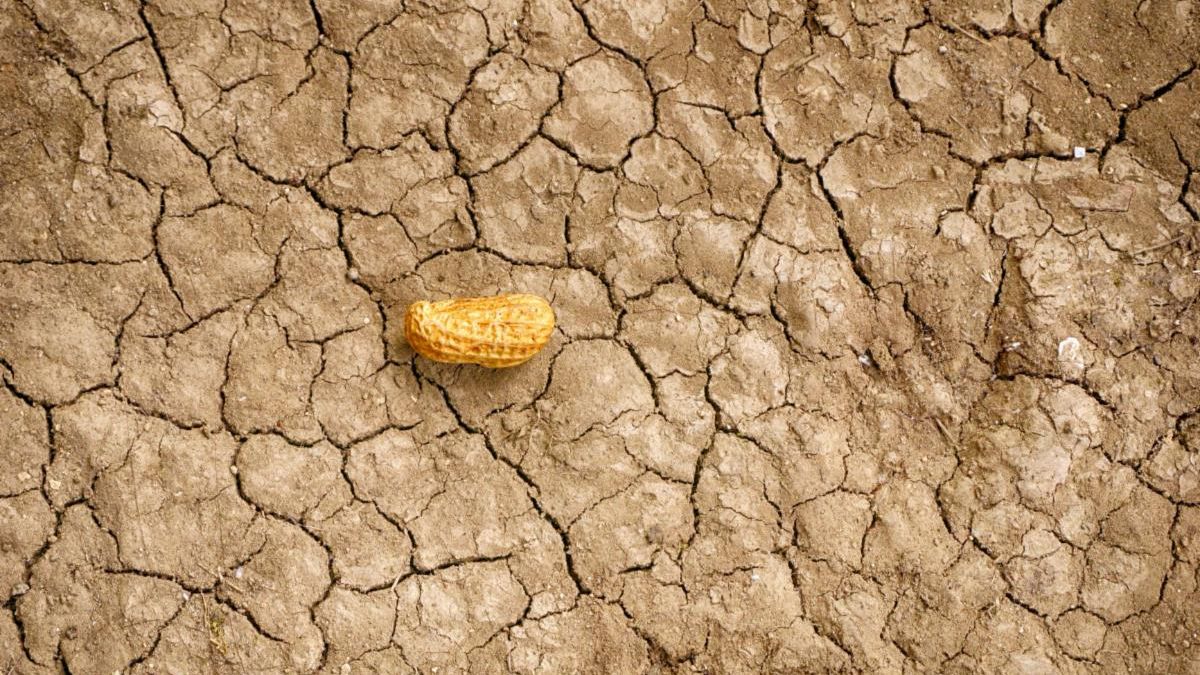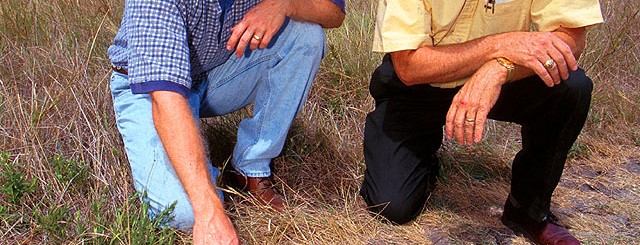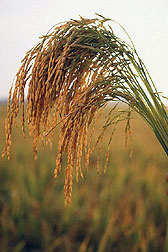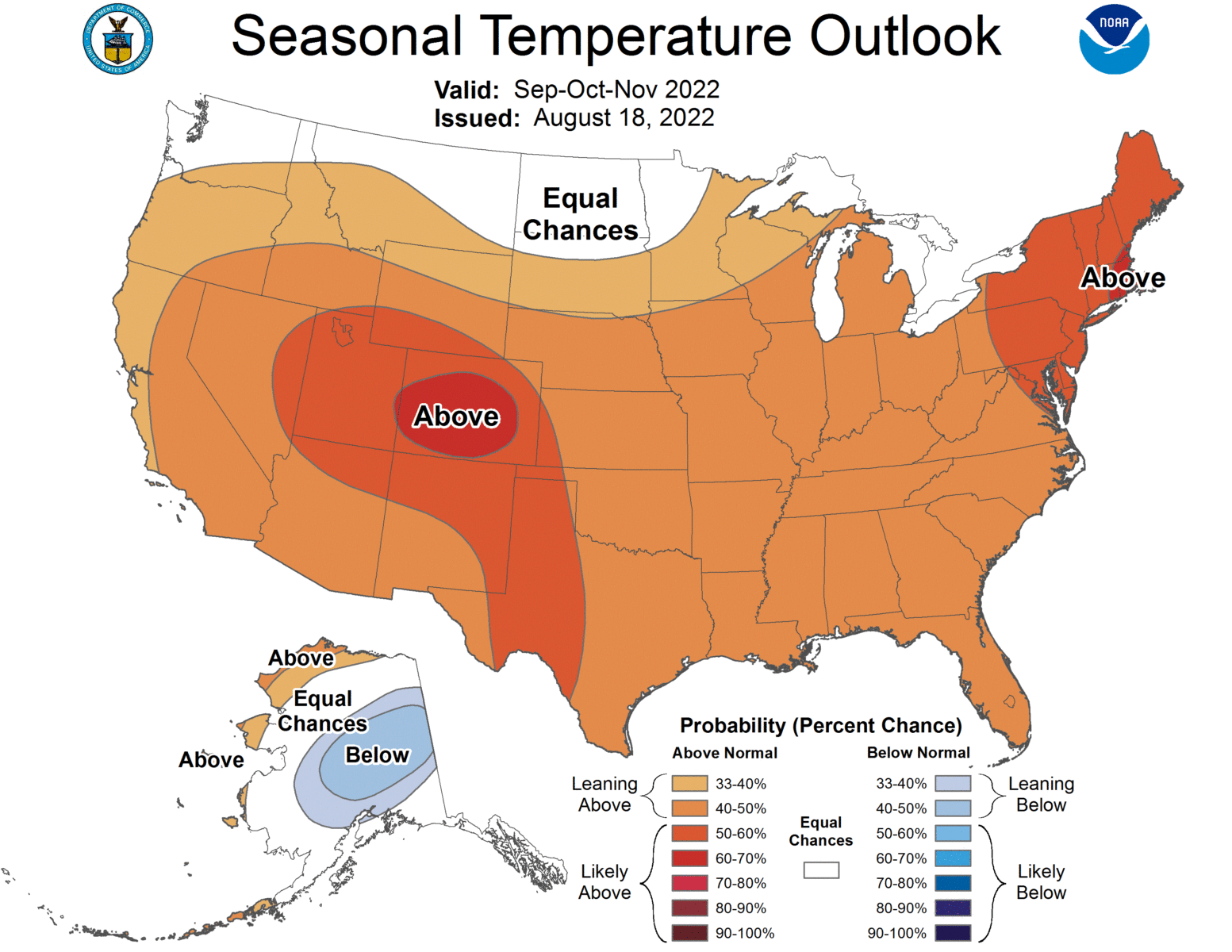-

UPDATE: The recording and slides are at https://www.drought.gov/webinars/southeast-climate-monthly-webinar-august-23-2022. Join us for the Southeast Climate Monthly Webinar! These webinars provide the region’s stakeholders and interested parties with timely information on current and developing climate conditions such as drought, floods, and tropical storms, as well as climatic events like El Niño and La Niña. Speakers may also…
Posted in: Events -

Here are a couple of new resources on flash drought from our friends at NIDIS (the National Integrated Drought Information System). The term “flash drought” was coined in the early 2000s to draw attention to the rapid onset or intensification of drought conditions, which can cause large, unexpected environmental and socioeconomic impacts. As a result,…
-

In previous blog posts, I have discussed the recent heat wave and drought in Europe. But there is another area of extreme heat and drought as well in China. According to Reuters, China has issued its first national drought alert of the year as authorities battle forest fires and mobilize specialist teams to protect crops…
-

The latest 7-day QPF map shows that most areas of the Southeast should get at least an inch of rain this week. Southwest Alabama could see some extra rain from the remains of Potential Tropical Cyclone 4, which is in the western Gulf of Mexico and is expected to move into southern Texas or northeastern…
Posted in: Climate outlooks -

Do you or someone you love have severe fears about tornadoes, hurricanes, earthquakes, or other natural disasters? If so, you are not alone. Many people feel anxious during severe weather or even during seasons when severe weather is more likely. You can help reduce this anxiety by preparing for the severe weather in advance and…
-

NOAA released the latest monthly climate outlooks for September and the September through November period yesterday. They show that warmer than normal temperatures continue to be expected in the next month and season for the U. S. as a whole, although most of the Southeast has equal chances of below, near, and above normal in…
Posted in: Climate outlooks -

Here’s a story from CTV News (from Canada) that does an excellent job of describing some of the severe consequences of the U. S. drought out west. It includes impacts on both crops and livestock and how it has affected agricultural production and food prices. You can read it at https://www.ctvnews.ca/climate-and-environment/american-farmers-are-killing-their-own-crops-and-selling-cows-because-of-extreme-drought-1.6031139.